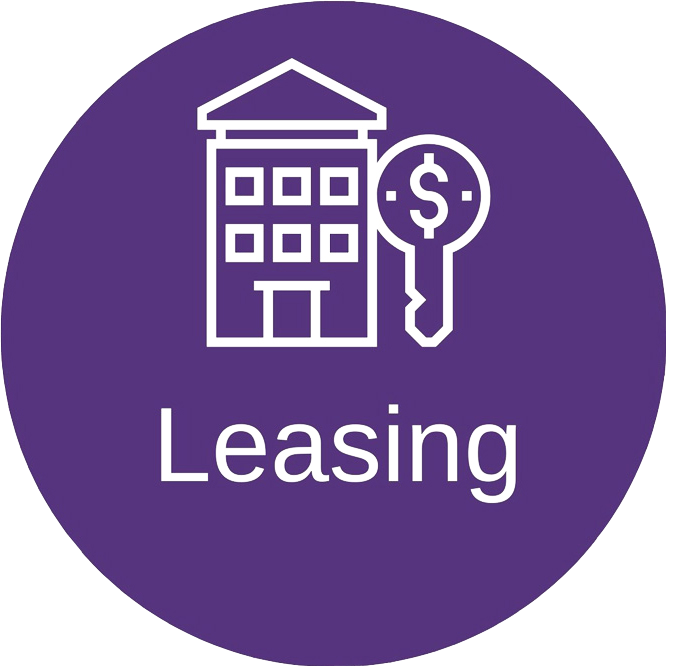The U.S. industrial market saw an uptick in vacancy in the third quarter, as a record amount of construction delivered and leasing activity waned.
Across markets tracked by Cushman & Wakefield plc (NYSE: CWK), the vacancy rate rose to 4.7% in Q3, up from 4% a quarter prior and 3% the same time a year ago. Meanwhile, completions rose 19.6% on a quarterly basis, with a record 171.8 million square feet of industrial supply delivered in the third quarter.
Despite the increase, the overall vacancy rate remains healthy, said Jason Price, senior research director of U.S. industrial and logistics at Cushman & Wakefield. He also noted sublease space — which started to be added within the industrial market this year — only rose 9.3% on a quarterly basis, compared to between 25% and 35% in recent quarters.
Sublease availability grew by 22.3 million square feet in the third quarter and now totals 139 million square feet, a record high, according to data from Savills plc.
The wave of new construction hitting the market is the main reason for the recent uptick in vacancy, Price said, noting overall absorption remained positive in Q3, at 46.2 million square feet of net absorption nationally for the three-month period. There was about 125 million square feet of new leasing activity nationally in the third quarter, compared to 152.3 million square feet in Q2 and 193.9 million square feet in Q3 2022.
Stephanie Rodriguez, national director of U.S. industrial services at Colliers International Inc. (Nasdaq: CIGI), also noted the significant amount of supply in the pipeline today that’ll deliver in the rest of 2023 and into 2024.
“Everybody was going gangbusters following Covid — the industrial market had just gone wild,” Rodriguez said. “Everybody was placing pretty big bets.”
Since interest rates began creeping up last year, there’s been a correlating slowdown in development starts, she said.
Industrial construction starts are down 68% year over year and in Q3 hit their lowest level in more than five years, according to Savills.
It’s become increasingly difficult for developers to obtain financing, Rodriguez said.
She said it’s likely the national vacancy rate will grow to be higher than 5% in the coming months or quarters. But both Price and Rodriguez said the recent slowdown in industrial construction starts will provide time for the market to absorb what’s finishing construction this year and into early 2024.
Rental rates in Q3 continued to increase, albeit at a slower pace than previous quarters.
Rodriguez said developers say it’s become more expensive to have a building sit vacant than to acquiesce on concessions, such as tenant-improvement allowances or free rent.
“A lot of that is attributed to interest rates,” she said. “They’re very focused on getting that cash flow going on the assets, and if they have to tweak their underwriting a bit and may not meet an expectation for rent concessions … they’re willing to do so in order to get a tenant in the space who is paying rent.”
Price said most U.S. markets are going from unsustainably tight vacancy rates — of 1% to 3% — to a market of 3% to 5% vacancy, which is still constrained. Ultimately, he said, rental rates aren’t likely to drop, even in the face of higher vacancy, although some markets may see the rate of growth flatten. And, since most markets continue to see a lot of new construction added, that’ll push rental rates somewhat because they’re the most modern and upfitted facilities.
Overall net rents were $9.73 per square foot in the third quarter, up slightly from $9.65 per square foot the quarter prior, according to Cushman & Wakefield.
Is the market shifting to manufacturing?
Since federal legislation, including the CHIPS and Science Act, was passed in recent years to incentivize advanced-manufacturing projects, there’s been significant buzz about the prospect of those projects coming back to the United States after decades of offshoring.
But bringing that supply chain back and building those projects is a time-consuming and intensive process, Rodriguez said. That’s why there hasn’t been a pop in manufacturing deal activity yet within the broader industrial market.
“The phenomenon is real, it’s just a very slow process,” she said. “I think it’s something most investors and real estate professionals are keeping an eye on. It is happening but it’s going to take a while.”
Both Price and Rodriguez also said advanced-manufacturing facilities — think semiconductor fabs or battery plants — require a significant amount of labor and natural resources, making the decision around where to locate those buildings even more vital.
By Cushman & Wakefield’s measurements, high-ceiling logistics facilities that can accommodate a third-party logistics or e-commerce tenant continue to drive most of the demand nationally, Price said. Third-party logistics is 25% to 35% of overall leasing activity so far this year, while retailers and wholesalers are around 23% to 27% of deal volume, he said.




